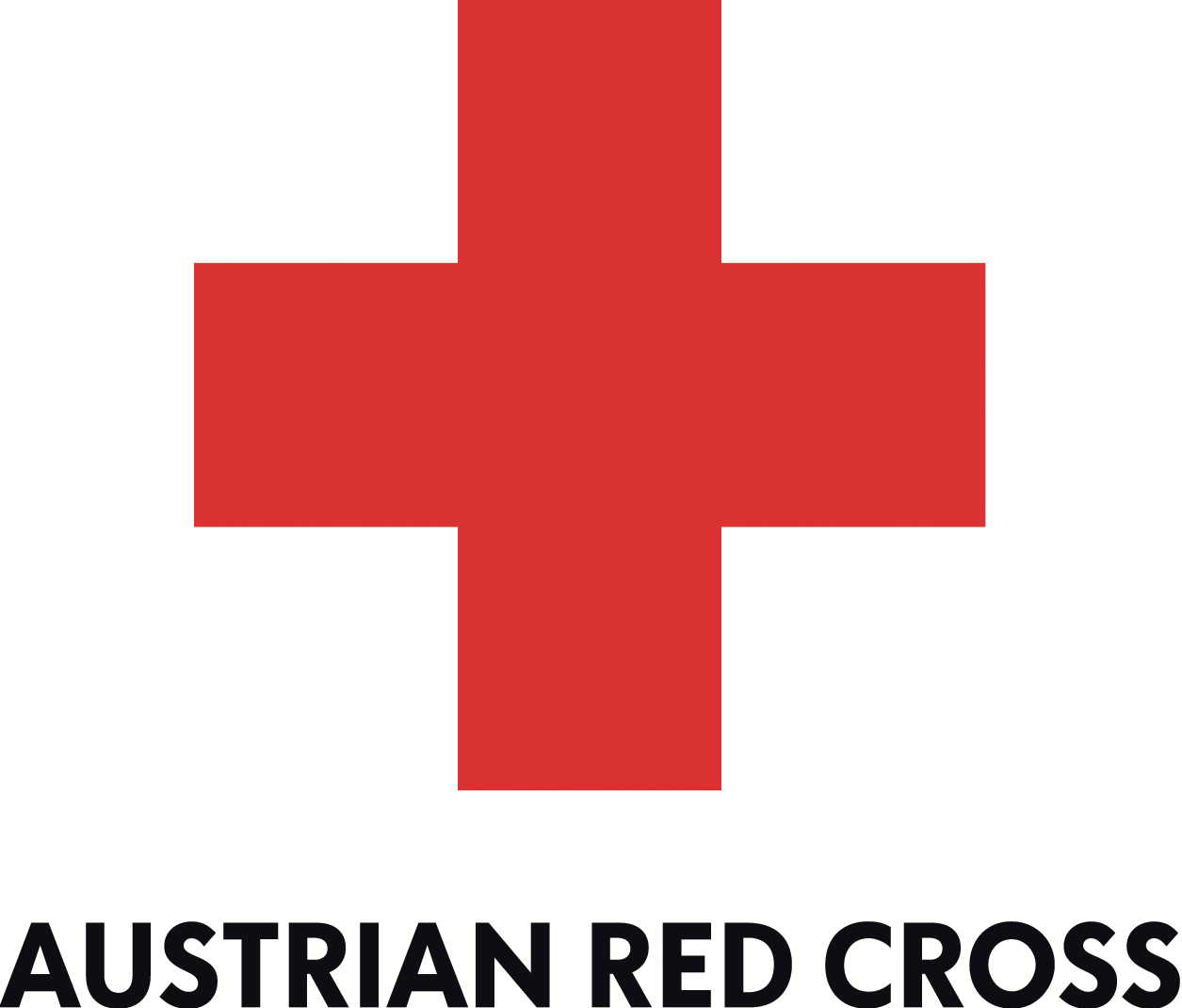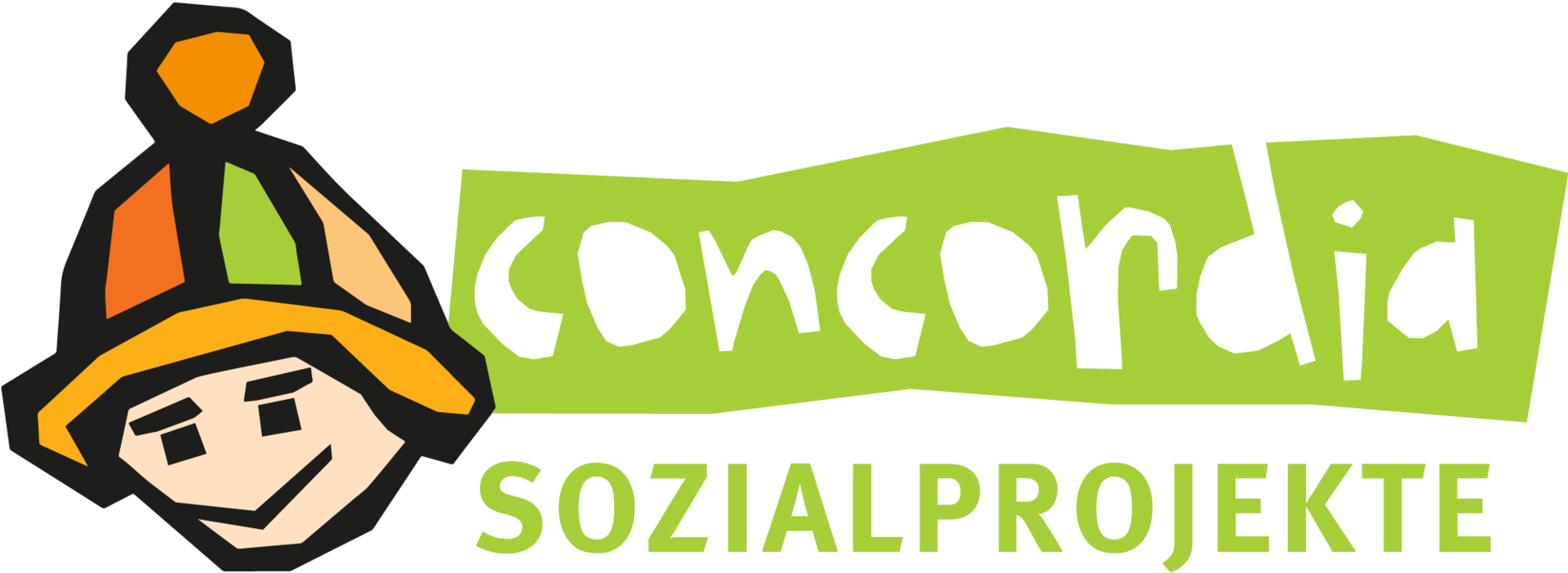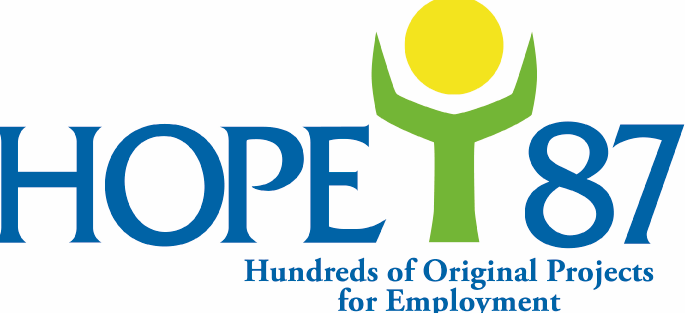By: Dr. David G. Landry, Postdoctoral Researcher at Johns Hopkins University (SAIS) & Consultant at the World Bank
In what is one of humanity’s greatest achievements, nearly 1.1 billion people have escaped poverty since 1990. In fact, between 1990 and 2015, the proportion of the world population living in poverty dropped from 36 to 10 percent. Technological advances and globalization played a key role in helping raise living standards to the highest levels in human history.
However, the obstacles facing the world’s poorest are vastly different from what they were decades—if not years—ago. Global environmental change and the threats it poses to the health and livelihoods of the world’s most vulnerable populations will continue to worsen. Automation will continue to upend global production chains and is likely to jeopardize opportunities to escape poverty for the people who need them by harming their job prospects. These issues could spell political instability and humanitarian disasters. Furthermore, globalization has given these problems a global dimension—a conflict in one country can engulf a whole region and threaten to undo decades of hard-won development progress.
These forces are likely to both increase the need for humanitarian assistance over the coming decades and fundamentally alter the nature of what is needed in terms of humanitarian aid. However, it is unclear that the countries that have acted as the pillars of humanitarian assistance provision in the past decade are up to the task of meeting these challenges.
A tide of nationalism and isolationism has engulfed many of the countries that were historically the most important aid donors. Donald Trump was elected president after running a campaign centred on the idea of “America First”— a noxious mix of political and economic nationalism. Unsurprisingly, humanitarian aid does not figure highly on his list of priorities. In fact, last summer, he was planning circumventing congress in a bid to cut US foreign aid by USD 3 billion. Similarly, Europe’s far-right nationalists have made significant political gains. In the final round of the 2017 election, Marine Le Pen received 33.9 percent of the French vote. The same year, Geert Wilders’ Party for Freedom got the second most seats in the Dutch House of Representatives. The Alternative for Germany—with its third-place result—entered the Bundestag for the first time in 2017.
The flux in terms of what will be needed from donor countries in the coming decades—and the seismic shift in the political landscape of its most important members—yields a fundamental question: “Who will fill the gap?”
“If I had three wishes”
- That political and commercial considerations played a lesser role in donors’ aid allocation decision-making.
- That “new donors” became better integrated within donor coordination mechanisms.
- That impact evaluations were better integrated in the design of future interventions.


















